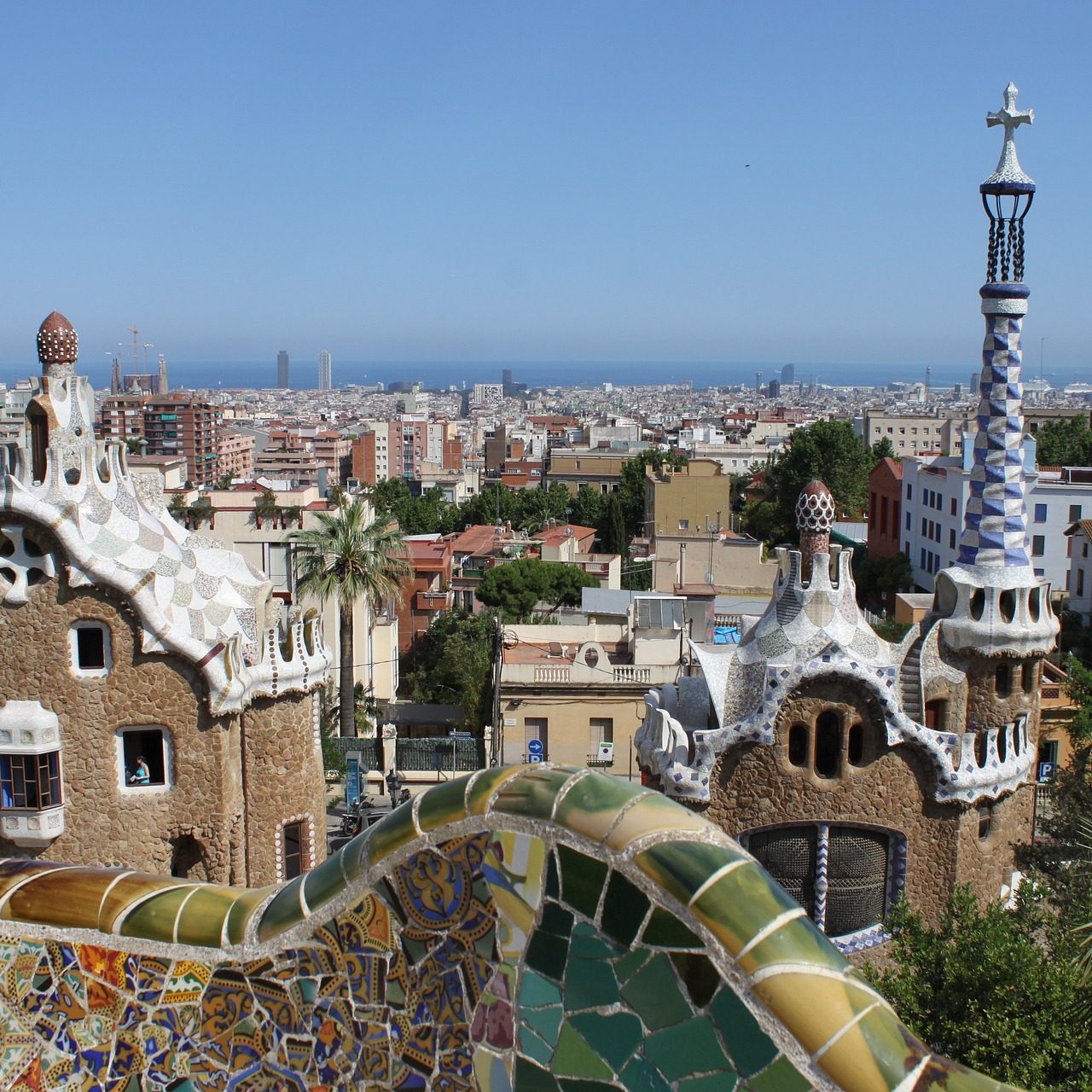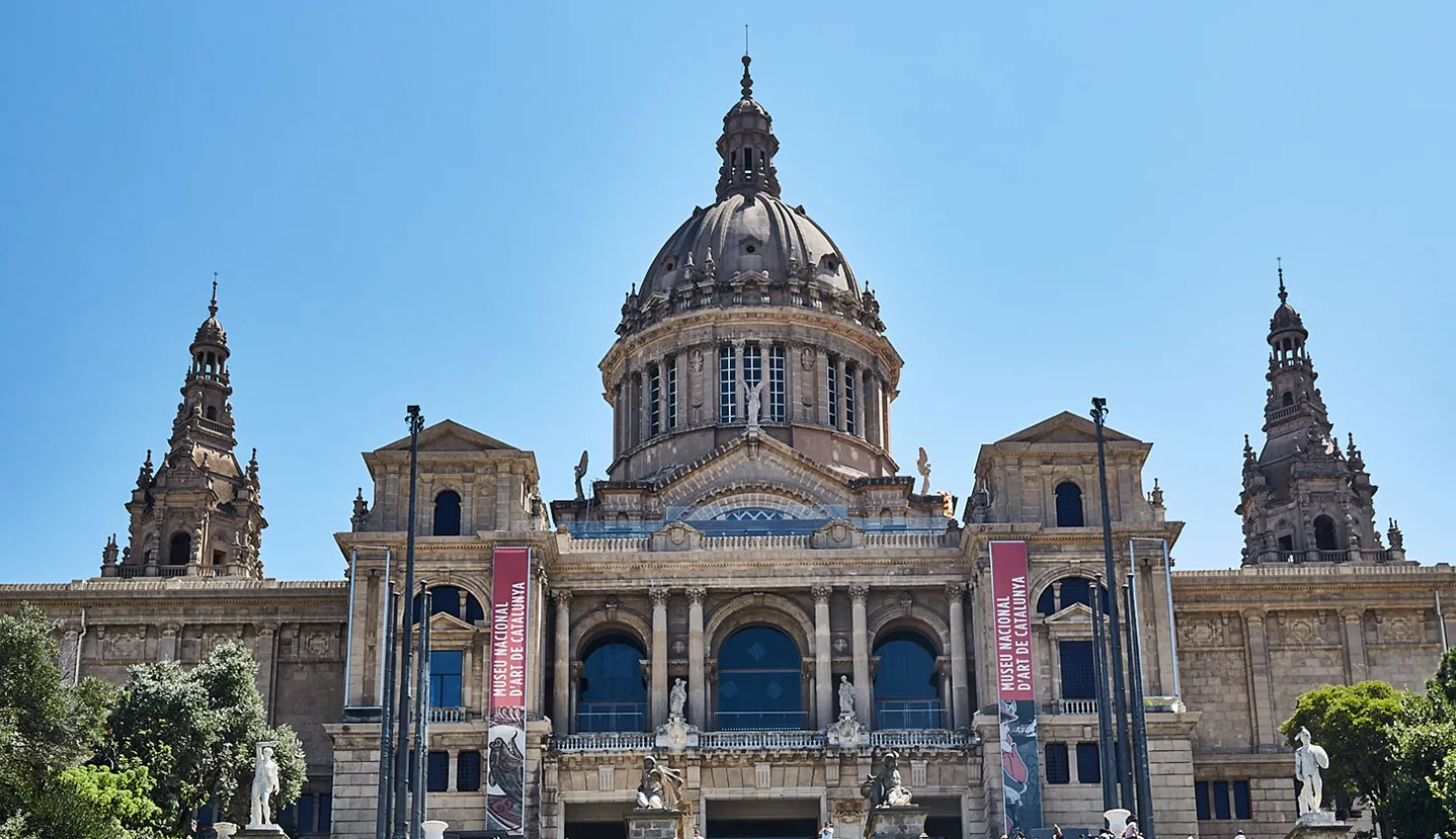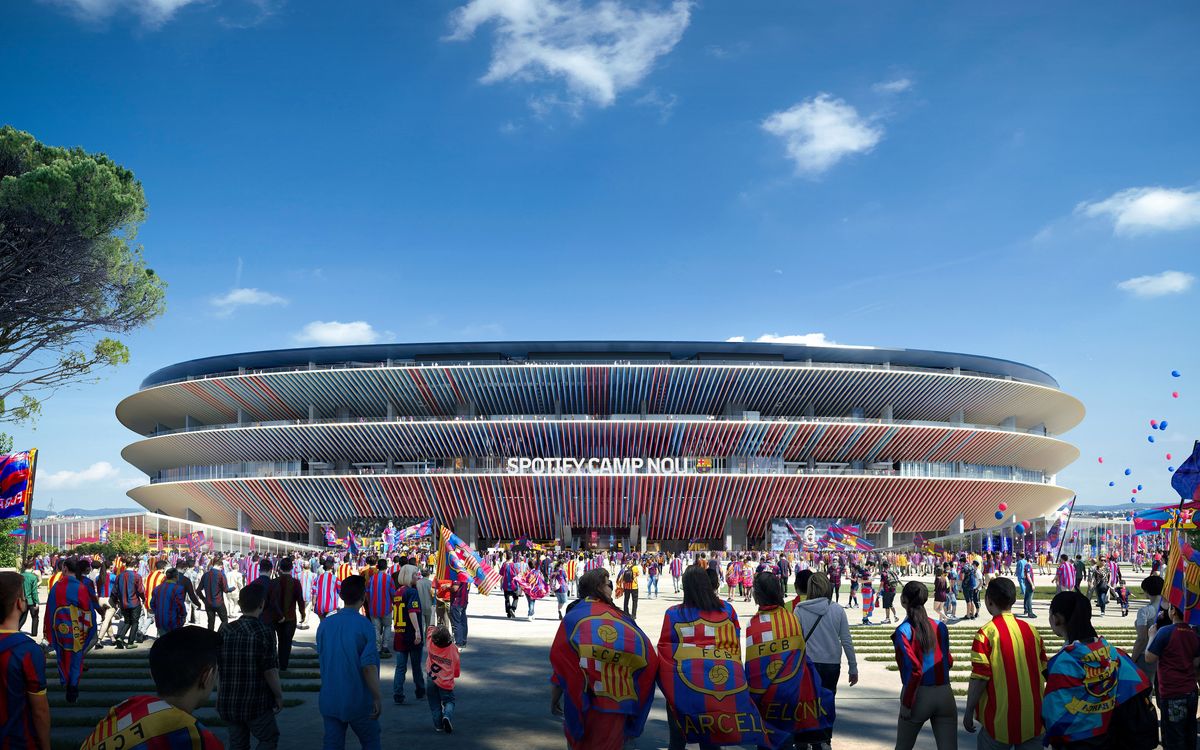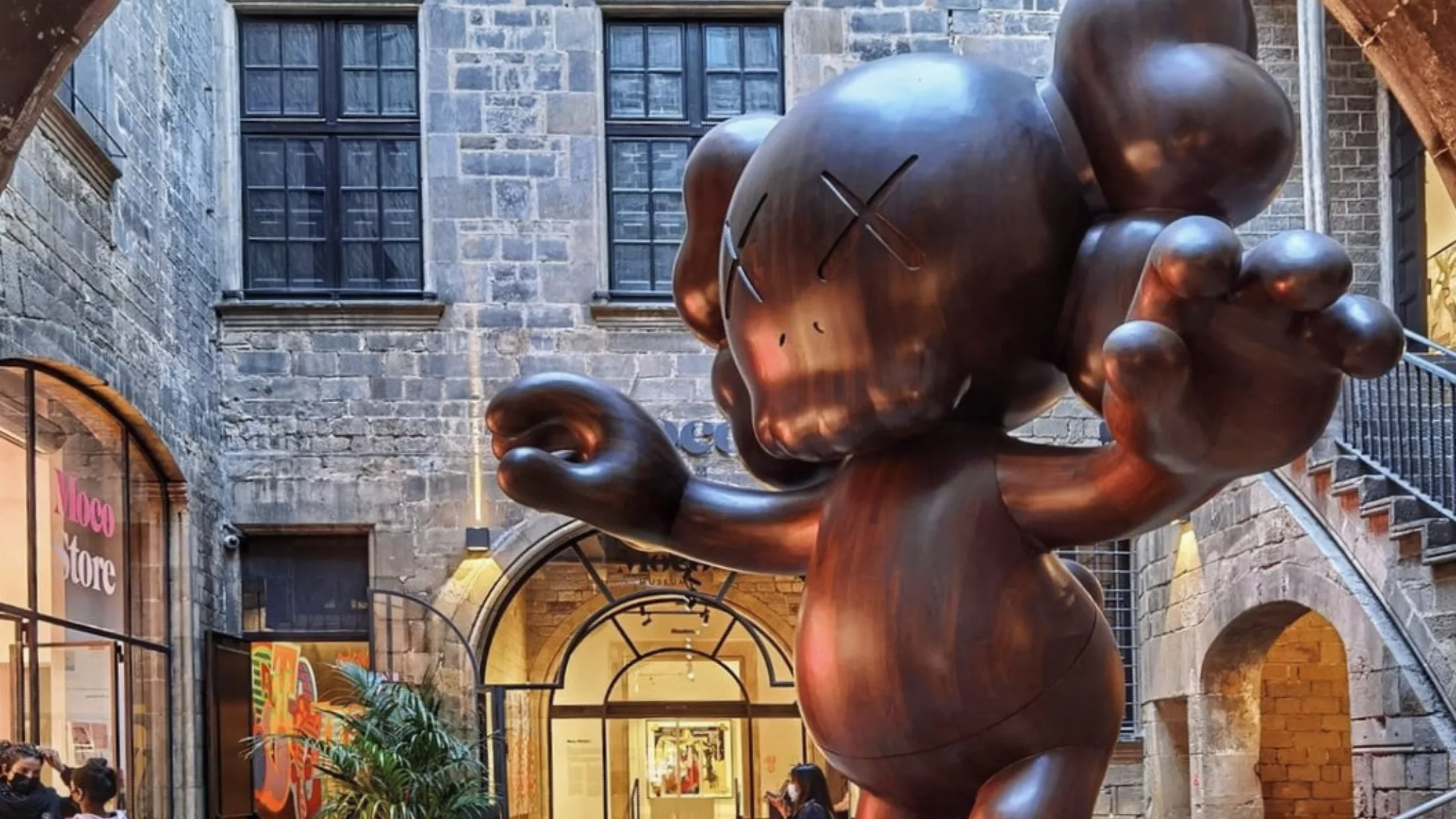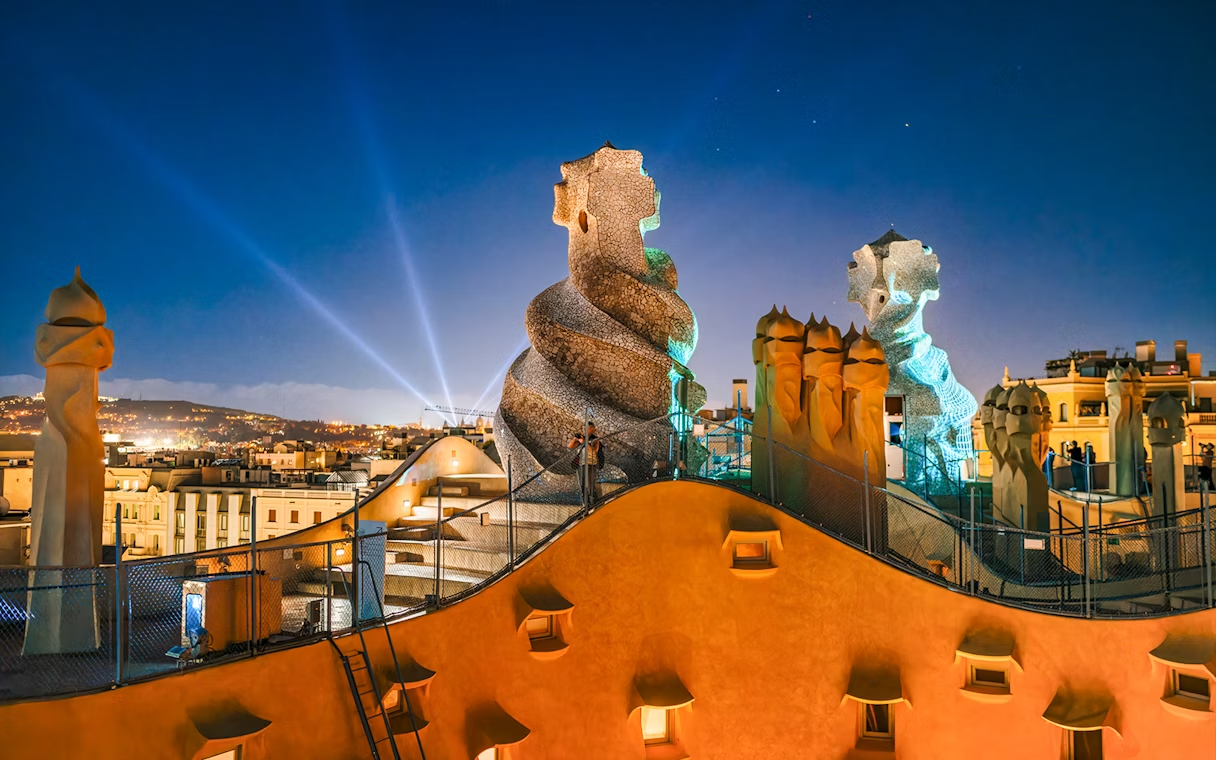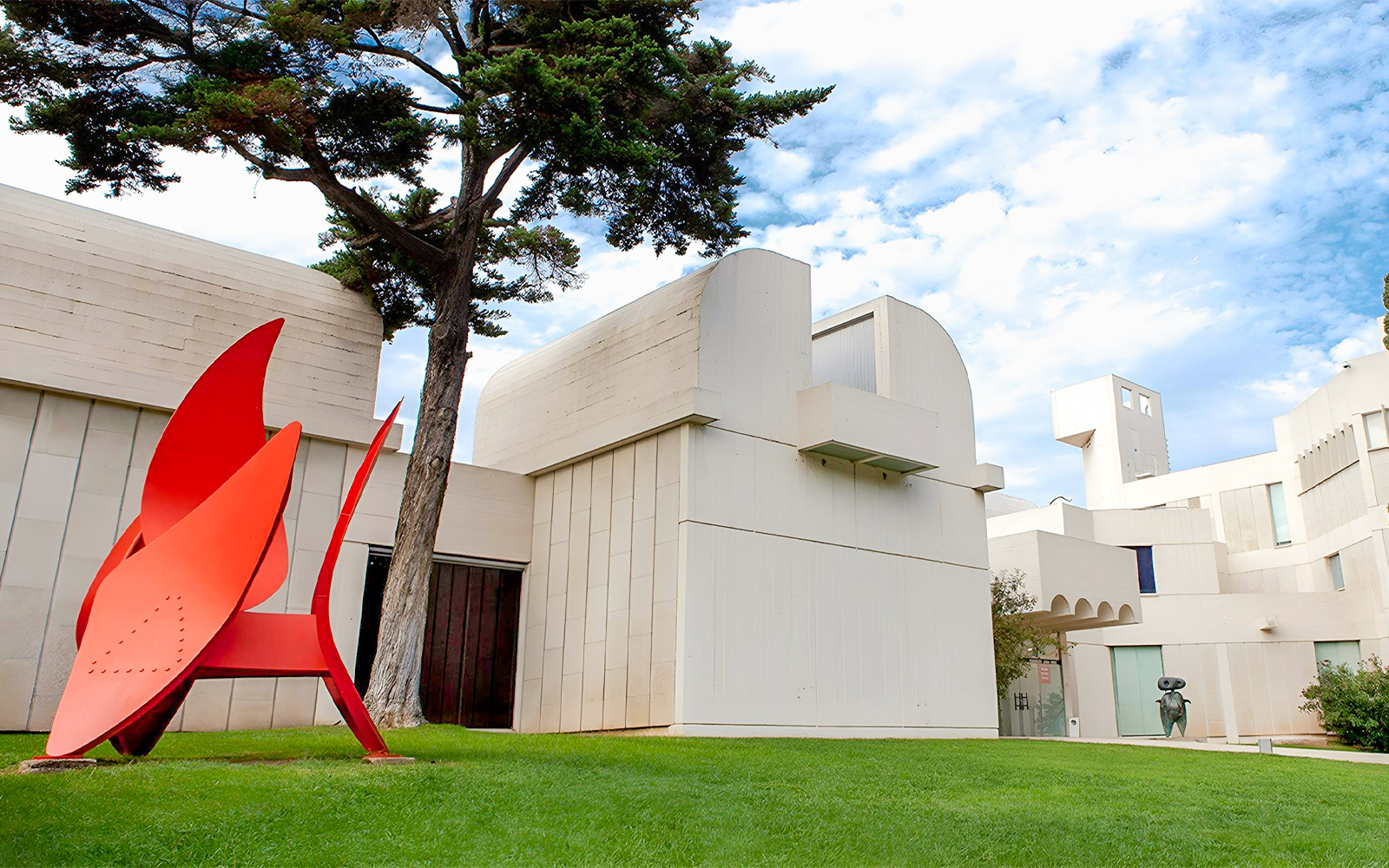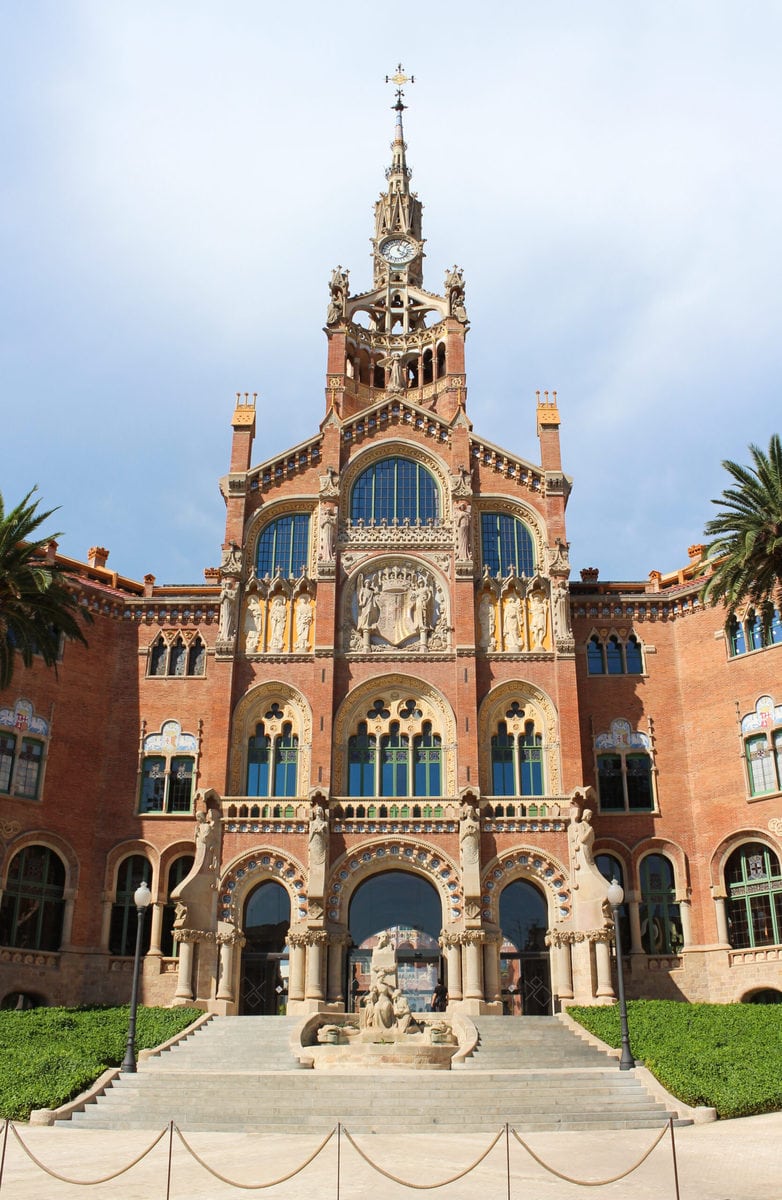What is There to See?
There are few places in the world that blend art, nature, and imagination as seamlessly as Park Güell. Perched above Barcelona, this whimsical masterpiece by Antoni Gaudí is more than just a park—it’s a living sculpture that seems to breathe creativity. Every path, curve, and color was crafted with intention, telling stories of harmony, faith, and the organic beauty of the Catalan landscape.
Park Güell is where nature and architecture meet in the most harmonious way imaginable. Inspired by organic forms, Gaudí created a space that seems grown rather than built. Arched walkways blend into the hillsides like tree roots, stone bridges mimic natural rock formations, and columns resemble animal bones. The use of local materials and Gaudí’s trademark mosaic technique (trencadís) gives every surface a vibrant, living quality.
The central monumental area includes the Dragon Stairway, with its iconic mosaic salamander statue, often referred to as “El Drac”. This colorful creature is one of the most photographed elements of the park. The stairway leads to the Hypostyle Hall (“Sala Hipòstila”), a grand space supported by 86 Doric-style columns, originally planned as a public market.
Above this space lies the Nature Square (or Greek Theatre), a massive open terrace encircled by a long, undulating bench designed with ergonomics in mind.
Decorated in dazzling mosaics by Gaudí’s collaborator Josep Maria Jujol, the bench offers panoramic views over the city of Barcelona. Surrounding the terrace are stone gargoyles shaped like lions, built both for drainage and decoration.
Several of the original structures planned for the residential estate still stand. These include:
- The Casa del Guarda (Guard’s House), now a small museum
- Gaudí’s own home, which today functions as the Gaudí House Museum
- A second private home still inhabited
- Two whimsical gatehouses at the park’s entrance, one of which is now a gift shop
In total, only three houses were built from the planned 40–60, as the real estate concept failed to gain traction. Nevertheless, the architectural value of the site remained.
A Brief History of Park Güell
The story of Park Güell begins in 1895, when Catalan industrialist Eusebi Güell purchased over 17 hectares of land in the hills above Barcelona. Inspired by the British concept of garden cities, he commissioned Antoni Gaudí to design a residential complex for the elite. The plan included homes, public squares, a market, and even a chapel.
Construction began in 1900, but due to a lack of interest and poor sales (only two plots were ever sold), the project was abandoned in 1914. Only a handful of buildings were completed.
After Güell’s death in 1922, the city of Barcelona acquired the land and reopened it as a public park. In 1969, Park Güell was declared a national historic monument, and in 1984, it was included in the UNESCO World Heritage list as part of “Works of Antoni Gaudí.”
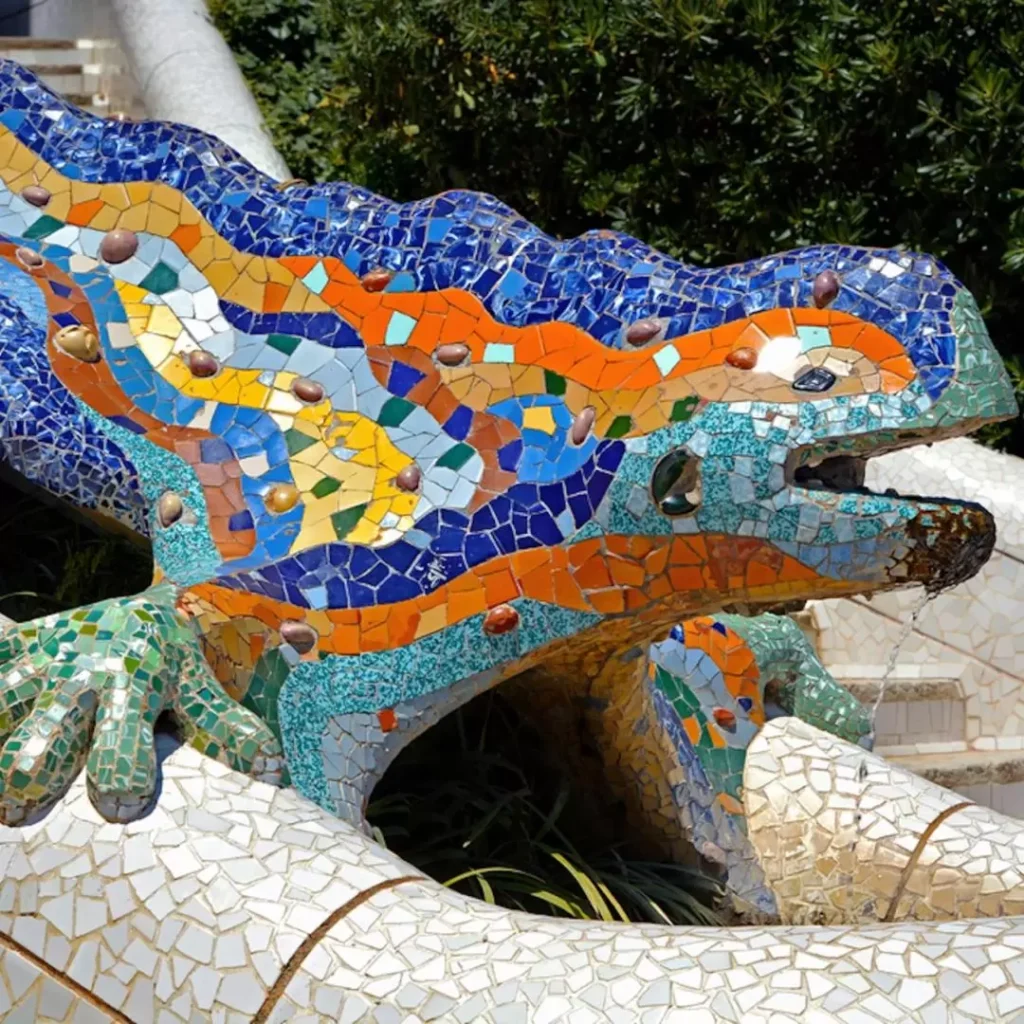
The park underwent restoration in 2006 to preserve its fragile structures, and today it stands as one of the most important cultural landmarks in Spain.
Don’t miss your chance to visit one of most iconic attractions. Check ticket prices, pick your time slot, and plan your visit today.
Official website of the Zaanse Schans (EN): dezaanseschans.nl

